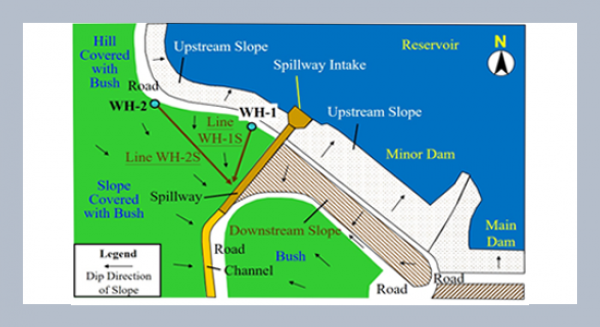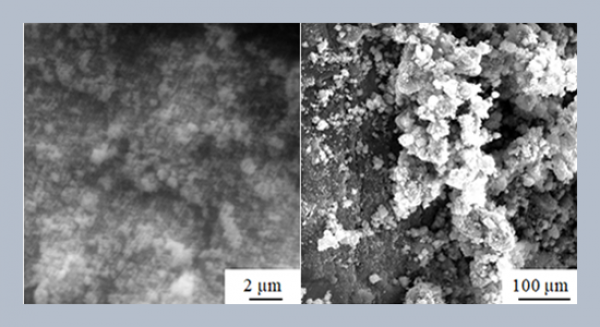R. Baskarana and T. R. Kubendranb1 a Department of chemical engineering, St.Joseph’s college of Engineering, Chennai-119 ,India.
b Department of Chemical Engineering, Alagappa College of Technology, Anna University, Chennai-600025, India.
Download Citation:
|
Download PDF
Measurements of thermodynamic and transport properties have been adequately employed in understanding the nature of molecular systems and physico-chemical behavior in liquid mixtures. These properties are important from practical and theoretical point of view to understand liquid theory. Density (ρ),viscosity (η), refractive index (n) and surface tension (σ) have been measured for a binary liquid mixture of p-anisaldehyde +ethyl benzene over the entire composition range at 303.15 K, 313.15 K and 323.15 K The viscosity values have been fitted to McAllister model and Krishnan and Laddha model. The excess values were correlated using Redlich-Kister polynomial equation. It was found that in all cases, the data obtained fitted with the values correlated by the corresponding models very well. Comparison has been made between the models. The molecular interactions existing between the components were also discussed.ABSTRACT
Keywords:
Viscosity; Surface tension; Refractive index; Molecular interactions
Share this article with your colleagues
REFERENCES
ARTICLE INFORMATION
Accepted:
2009-04-07
Available Online:
2009-10-01
Baskaran, R., Kubendran, T.R. 2009. Thermophysical properties of Para anisaldehyde with ethyl benzene at (303.15, 313.15 and 323.15) K. International Journal of Applied Science and Engineering, 7, 43–52. https://doi.org/10.6703/IJASE.2009.7(1).43
Cite this article:















